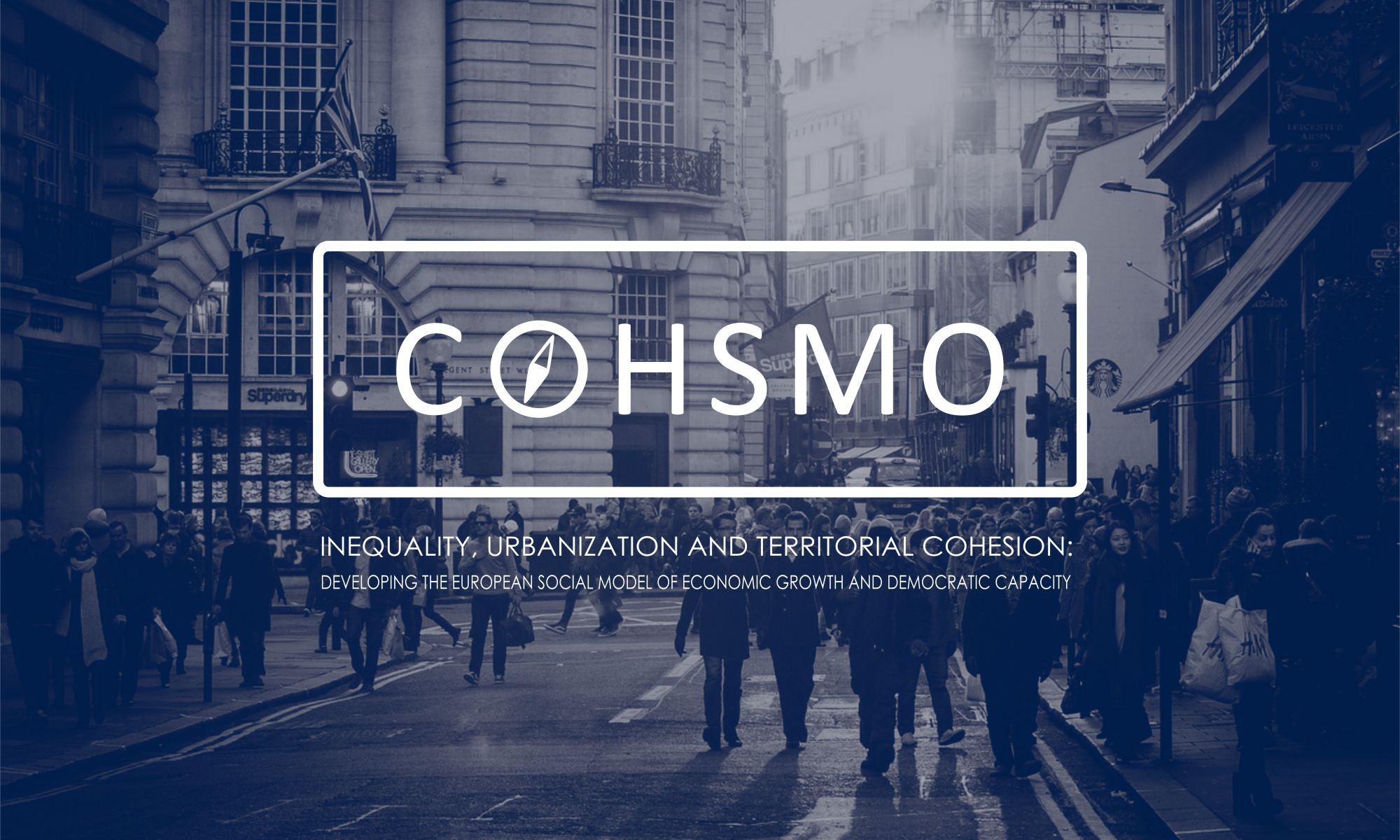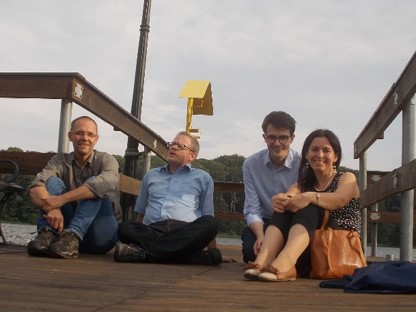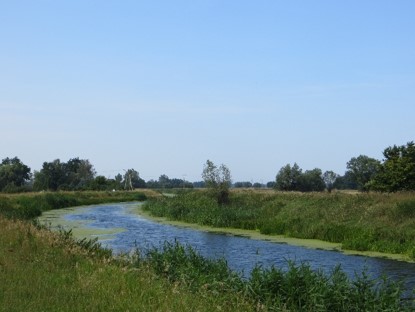The Polish team has conducted studies in three localities in the Pomerania region. Gdansk represents the urban locality, Pruszcz Gdanski is the suburban locality and Debrzno represents the rural and peripheral locality. Empirical material has been collected in over 60 in-depth interviews with representatives of local authorities, civic organizations and business commuities.
Debrzno (Rural Case)
Debrzno is a urban-rural municipality and stands as a rural locality in Polish cases. The municipality’s share of farmlands in its territory is very high (68%) and urbanized lands cover barely 18%. Debrzno has also a peripheral location and is surrounded by four communes located in three different regions. Socio-economic problems and situation of Debrzno seem to be typical for small cities and rural areas. Unfavourable demographic processes – depopulation and decreasing percentage of residents in the working and pre-working age, systematic outflow of people, ageing population, and the progressing socio-economic degradation of the area are the main demographic challenges for Debrzno. Debrzno municipality has an agricultural character and relatively well-developed horticulture. Poorly developed industry and a large percentage of farmlands are associated with low number of business entities. However, the latter increased over last decade. Since the transformation of 1989, the town and the municipality of Debrzno struggled with systematically rising unemployment. It was the result of the shutdown of large State Farms operating in the municipality and in nearby towns as well as the liquidation of a military unit (an air garrison) that operated within the airport located in Debrzno Wieś. However, the last several years show that the unemployment rate is systematically falling. The Polish team has also considered alternative options for the rural case, but taking into account Debrzno’s agricultural character and peripheral location – there are unusually active bottom-up civic society organizations focused on supporting social and economic development and growth policy instruments (such as local business incubator), which seemed to be very interesting in the context of COHSMO’s main objectives.
Pruszcz Gdański (Suburban Case)
Pruszcz Gdański is aPoland’s suburban locality chosen for the study. Pruszcz Gdański is located within the Gdańsk metropolitan area. It slightly differs from the other selected localities, as it consists of two neighbouring municipalities – urban municipality of Pruszcz Gdański and rural municipality of Pruszcz Gdański, which is surrounding the town from East, West, and South at the same time forming so-called “municipality’s bagel”. Both municipalities have a combined population of 58 thous. inhabitants and are functionally related, yet organized as separate local government jurisdictions. Over the last years both parts of the chosen locality have been constantly growing due to the intensive suburbanization, but – what should be emphasized – the rural part faster than the town. When it comes to internal diversification it is not only administrative border which divides the locality, but also there is a clear, visible division in the territory of the rural municipality. The Western part (affected by the suburbanization to a greater extent) is located on the height and adjacent to the town is much better equipped in the infrastructure, with fast-developing residential areas and dominance of industry, services, and commerce. The Eastern part (located much lower, near the Vistula river estuary) in comparison to the Western is disadvantaged and have more of a agricultural character. The registered unemployment rate in the locality remains on a very low level. The development of the locality is very related to the rapid development of the Gdańsk metropolitan area. It is important to add, that Pruszcz Gdański is an significant centre of economic activity and is characterized by an absorbent labour market. Although the Polish team has considered alternative options for suburban locality to be studied in the COHSMO project, Pruszcz Gdański was eventually chosen due to the very interesting internal diversification and intriguing policies occurring within.
Gdańsk (Urban Case)
Gdańsk is a city selected as a metropolitan locality by the Polish team. It is a capital city of the Pomerania region located in north Poland, on the Baltic sea shore. It is Poland’s 6th biggest city with a population of 464 thous. of inhabitants. Gdańsk is a part of a large urban agglomeration, consisted of two more cities – Gdynia and much smaller Sopot located in between the two bigger cities. Together they form a so-called “Tri-city agglomeration”. Over the last years, Gdańsk experienced a slight population growth. The closeness to the sea makes the city attractive for citizens as well as for tourists, which is confirmed in various rankings measuring quality of life in Poland. Gdańsk’s local economy presents a very good performance when compared to the rest of the Pomerania region. Over the last years unemployment rate in Gdańsk was decreasing and is much lower than the average for the region. Gdańsk is one of the cities with the best developed cooperation with societal organizations (NGOs) especially visible in the long-term arrangements related to urban regeneration programme, which was the main reason for choosing it as Polish metropolitan case.




